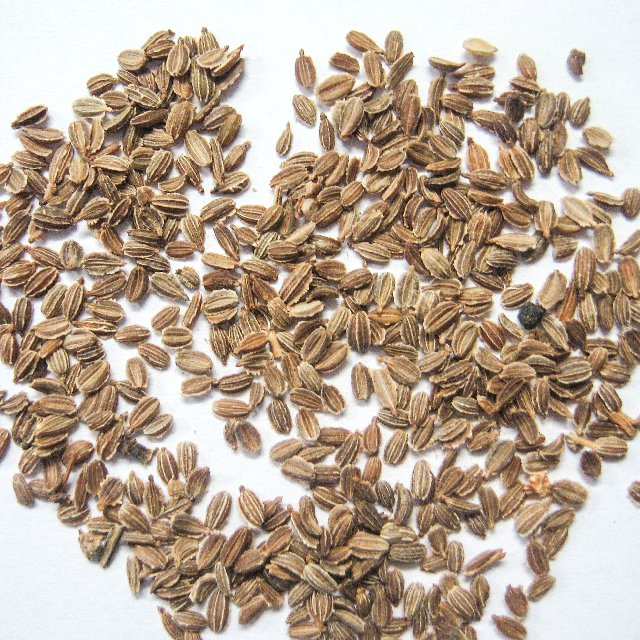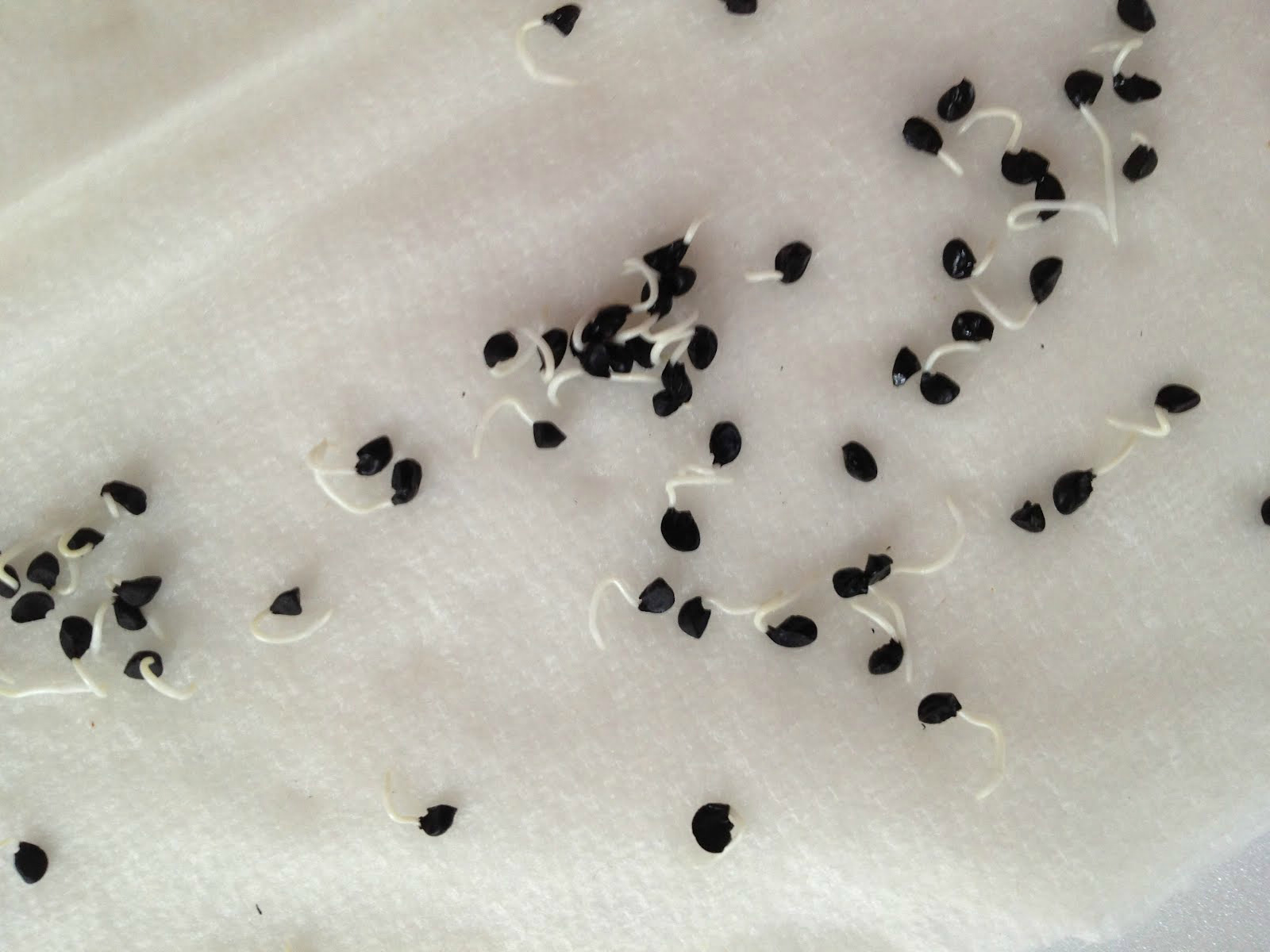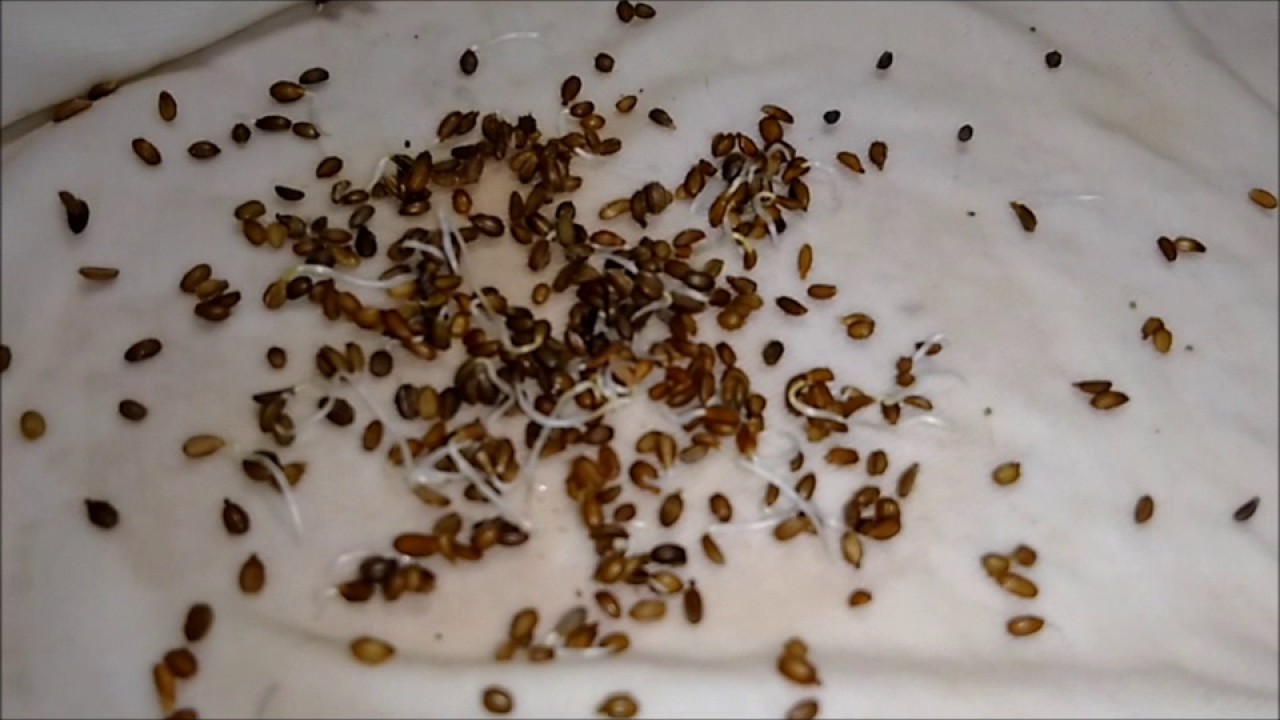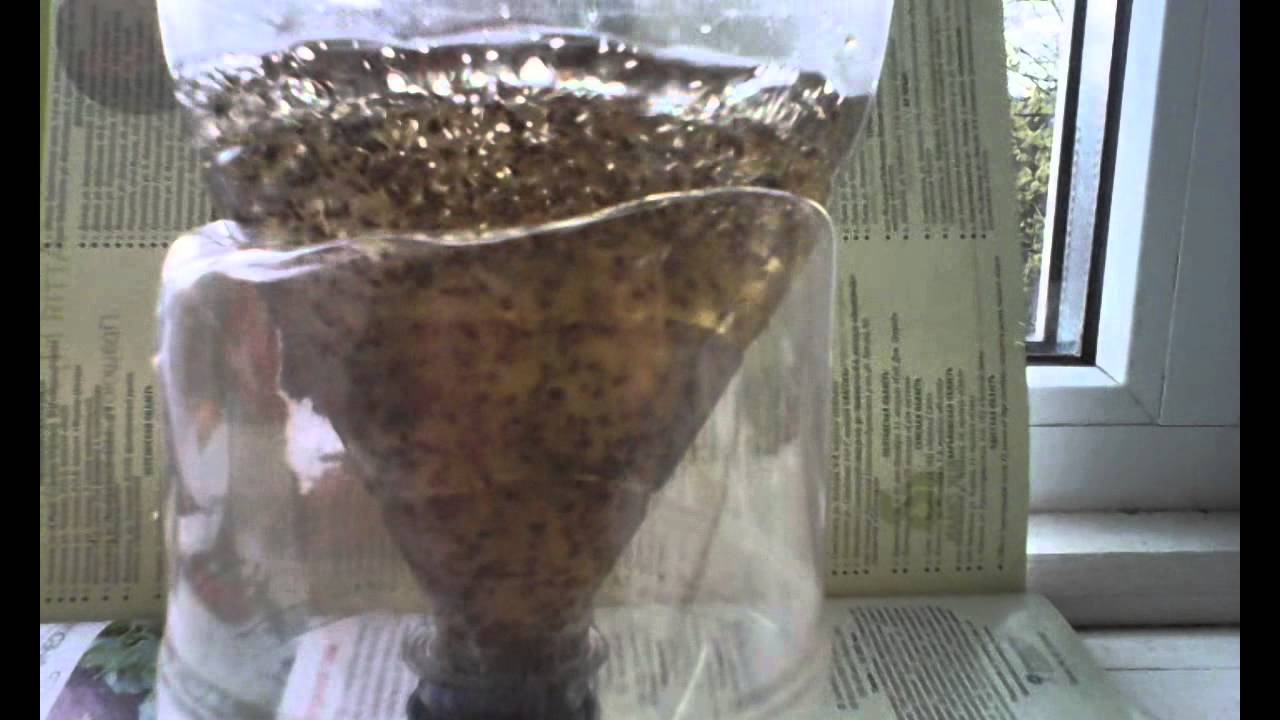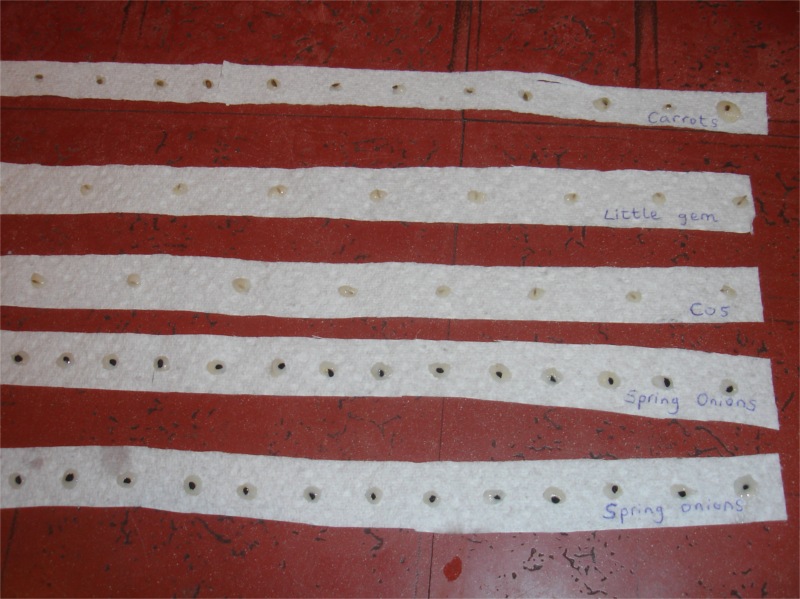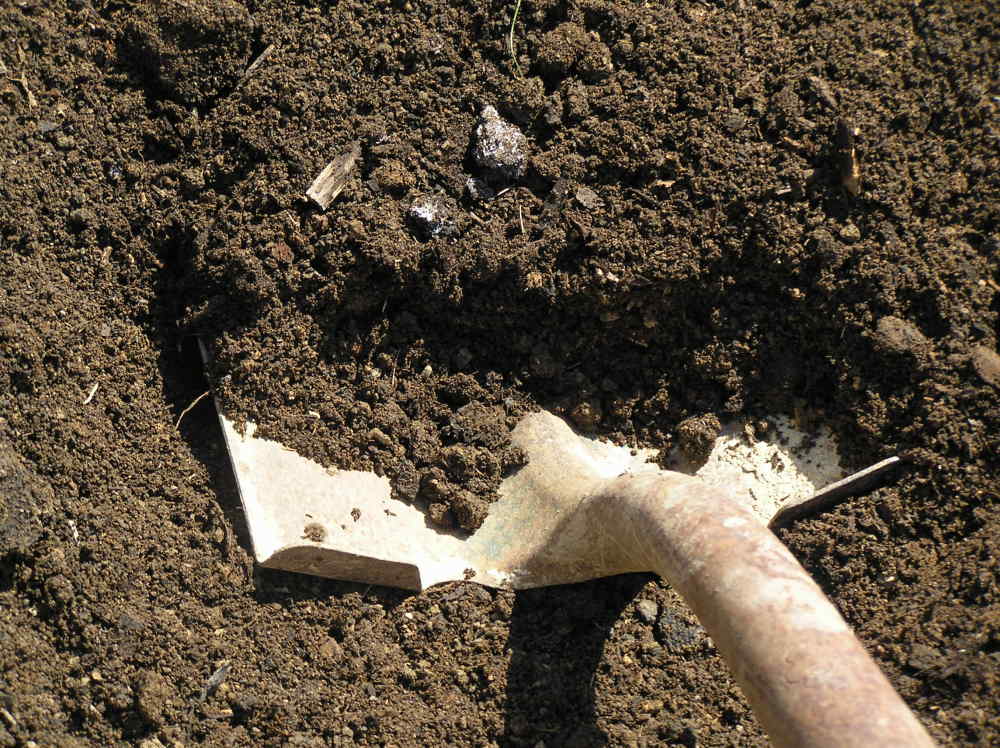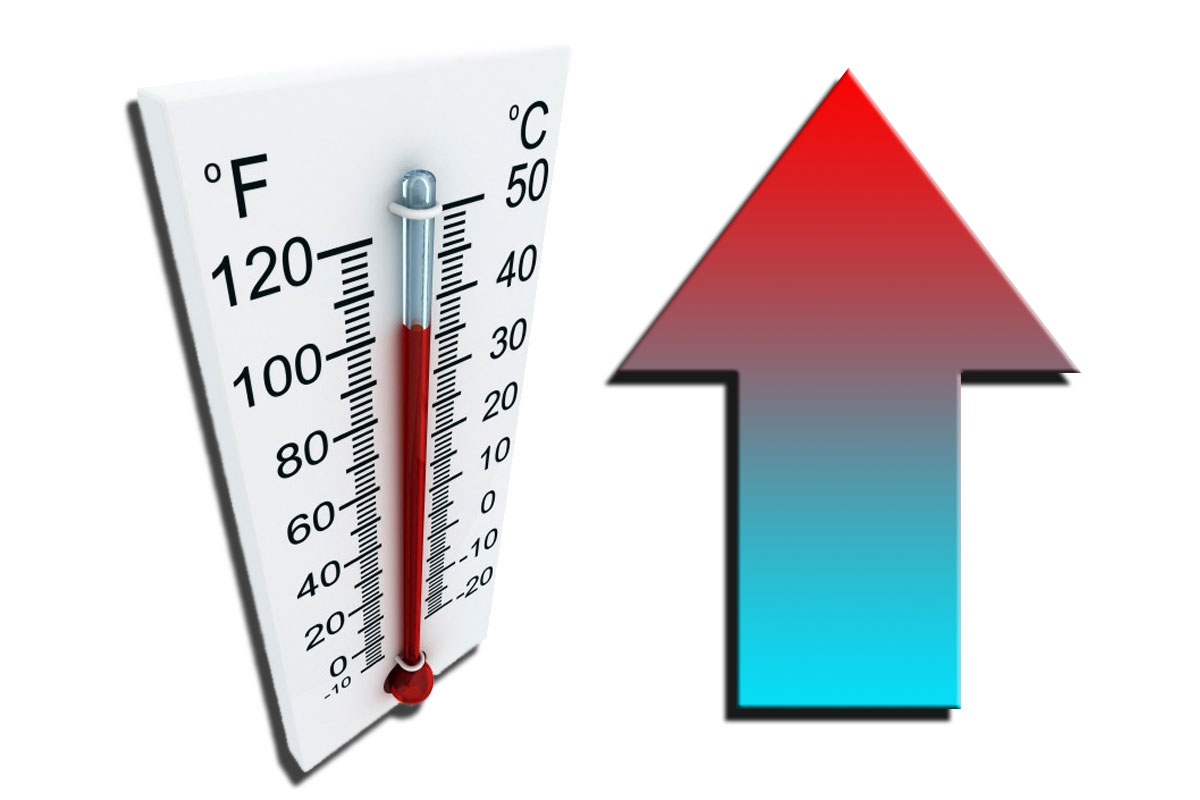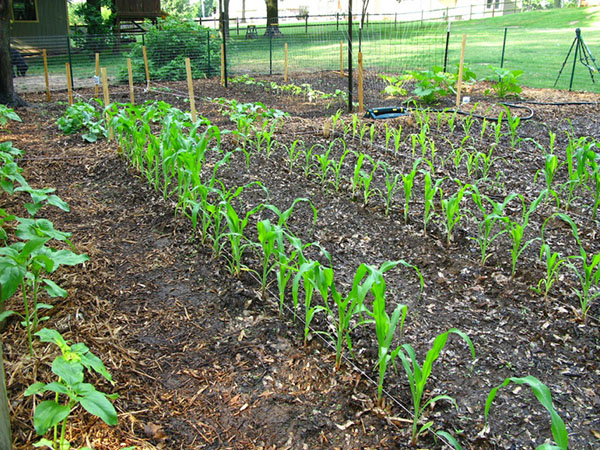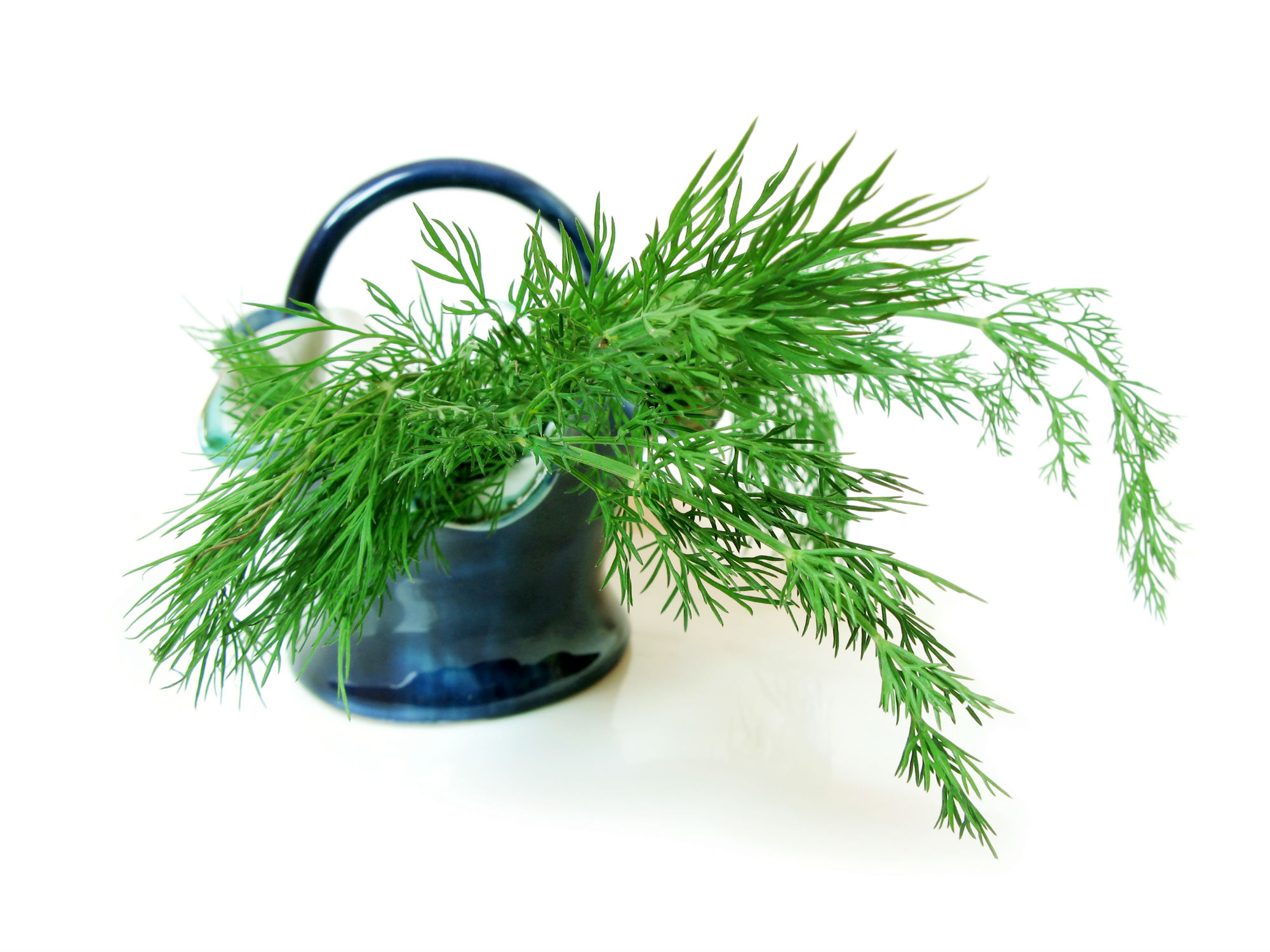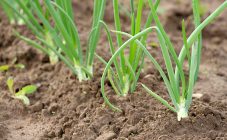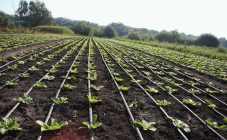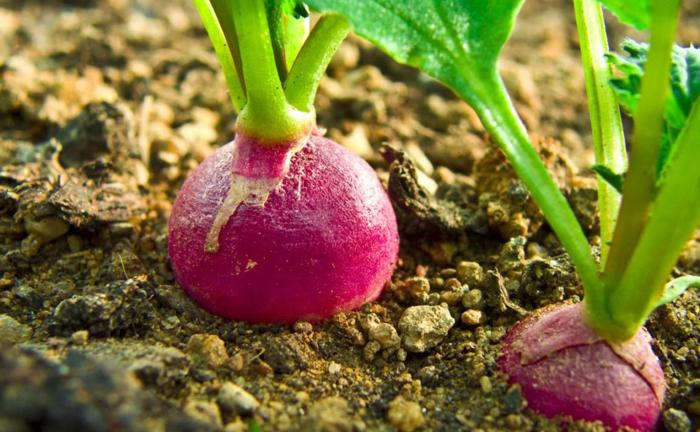Content:
Every spring summer residents begin to prepare for the summer season: they determine the types of crops that will be grown, select varieties suitable for their climatic zone. Preparing carrot seeds for sowing in open ground is a defining step. The yield and quality characteristics of the fruits depend on the quality of the planting material:
- Resistance to temperature fluctuations improves;
- Immunity against diseases and pests is strengthened;
- Mass emergence of seedlings is faster;
- Plants grow stronger and healthier;
- The crop is highly marketable.
All types of seeds are subjected to pre-sowing treatment, except for:
- Foreign varieties;
- Subject to chemical pretreatment. Such seeds are usually colored;
- Carrot hybrids;
- Granules.
How to prepare carrot seeds
Carrots contain a large amount of esters, which is why seed germination is not stable, so the preparatory stage is very important. There are several basic ways to prepare carrot seeds for planting. First you need to sort out the spoiled seeds. For this, all the seed material is poured with salted water. Floated seeds are not suitable for sowing, they are disposed of. The seeds remaining at the bottom begin to prepare for planting.
Soak
The most popular preparatory procedure. For all its simplicity, soaking allows you to accelerate the development of plants and fill them with useful substances.
The duration of the procedure is 1 day. For soaking, it's best to use a bag or two pieces of linen. To avoid fermentation, seeds should be washed 3-5 times. You also need to ensure that the fabric does not dry out. There are several ways to soak seeds:
- Only with water, but not from the tap, but melt or rain;
- In a solution of growth stimulants such as Epin, Krezacin and others;
- In a solution of ash - 1 tbsp. for 1 liter of water;
- In a solution of sodium humate - 1 tsp. for 1 liter of water.
At the end of the procedure, the seeds are washed and placed in a dark, cool place for 4 hours. Before planting, the seeds must be dried.
Germination
This method is a continuation of the previous one. When the soaked seeds are left in a warm place, they are constantly sprayed with water and covered with a film, then they germinate within a few days. Sprouted seeds are spread on paper in an even layer, dried in half and sowing immediately begins. The soil should be warm and moist; in dry soil, carrots will die.
Burying
An analogue of soaking is the burying of a linen sack with seeds to a depth of the size of a shovel.For 7-10 days, the seeds swell in the ground, they are dug up, laid out in the sun and dried so that they become free-flowing.
Disinfection (etching)
As a prophylaxis against diseases and pests, carrot seeds can be treated with disinfectants. The most affordable and effective means are:
- Hydrogen peroxide. The seeds are soaked in a 3% solution for 10 hours. After this time, the seed is washed with warm water;
- Boric acid. This component not only effectively disinfects, but also serves as a plant growth stimulator. For 5 liters of water, you need to take 1 g of the drug. The seeds are soaked for 24 hours;
- Potassium permanganate. A very quick and effective tool with which you must strictly observe the consumption rates and exposure time, otherwise the seeds will be spoiled. 1 g of the drug is diluted in 250 ml of water. The seeds are soaked in the solution for no more than 15 minutes.
Hardening
To improve the resistance of carrots to temperature extremes during cultivation and to increase frost resistance, the soaked kernels are kept in a cold place for 7 days. The seeds are folded into a bag and put into the refrigerator. In a more gentle mode, the seeds can be kept alternately at room temperature and in the refrigerator for 12 hours.
Bubbling
This stage is very effective in speeding up seed germination and requires some adaptations. Seeds in a thin bag, which is good for air and water, are placed in a jar of warm water. An aquarium compressor is supplied to the jar. The air currents should be so that the seeds can easily move. Duration of processing is 1 day. During this time, the water needs to be changed 1-2 times. After bubbling, the carrots emerge on the sixth day.
Pelleting
In gardening stores, ready-made dragees with carrot seeds inside are often sold. The shell consists of nutrient components that help accelerate the development of the fruit. Another plus of planting dragees is a clearer distribution of seeds into the grooves. Since the pellets are much larger than untreated seeds, they can be easily decomposed one at a time, so there is no need to thin out in the future.
Dragee can be made by yourself. For this you will need:
- Adhesive base. Paste, sugar syrup or mullein solution (1: 7) will do;
- Nutrient additives: humus, peat, a solution of complex fertilizers, prepared according to the instructions.
Harvesting paper strips
Preparing carrot seeds for planting in spring is not only to increase germination and accelerate germination, but also to simplify the sowing procedure. Carrot seeds are very small, so it is almost impossible to sow evenly by eye. You can prepare paper seeding belts in advance, on which the seeds are evenly distributed.
Any thin paper that will quickly disappear under the influence of moisture (napkins, toilet paper, etc.) is suitable for strips. The paper base is smeared with paste (3 tablespoons of potato starch per 1 liter of water). Seeds are laid out with tweezers one at a time at a distance of 5 cm. Then the paste must dry. The paper can now be cut into 2 cm wide strips and rolled up. Planting carrots this way is very easy. In pre-marked furrows, strips of seeds are laid down and covered with earth.
Folk remedies for pre-sowing processing
Soaking in vodka
Summer residents often try various means and methods on their own, since everyone is worried about how to prepare carrot seeds for sowing so that they can sprout quickly. Not all methods are proven to be safe and effective. Soaking in vodka is very popular.The seeds are put in a thin bag made of natural fabric and immersed in a glass of vodka for 15 minutes. During this time, most of the ethers have time to dissolve under the influence of alcohol, so the seeds germinate much faster. After soaking, the bag is gently squeezed out and rinsed thoroughly under running water. Then the seeds must be dried to a loose state and sown immediately.
Temperature alternation
The seed bag is immersed in hot water (about 50˚C) for 20 minutes. Periodically, the bag needs to be stirred so that the essential oils gradually come off the surface of the seeds. After hot soaking, the bag is washed in running water, the seeds are removed and dried.
Soaking in kerosene
This method helps to effectively control weeds. The seeds are laid out on a natural cloth moistened with kerosene and rubbed in the hands. Then it is washed with water and dried until flowable. Very often, the weeds in the garden begin to sprout earlier than the carrots. This method solves this problem.
Things to consider when planting in the ground
After the preparatory work has been carried out, the seeds are sown in the ground. At this point, it is also necessary to take a number of measures in order to germinate the seeds faster.
Compliance with crop rotation
Before you start preparing the soil, you need to pick up a garden bed, according to the rules of crop rotation. It is strictly forbidden to plant carrots after dill, cumin, parsnips. There are not many good predecessors for carrots:
- Tomatoes;
- Salad;
- Potatoes;
- Bow.
Soil preparation
First of all, you need to work out the soil with high quality. The seeds grow quickly in soft, light soil. Therefore, if loam predominates on the site, then they need to be loosened with sand, sawdust and ash.
10-15 days before planting, you need to dig up the bed to a depth of 30-35 cm, break all the lumps and remove debris. At the same time, it is necessary to bury humus or compost (5-6 kg / m2) on the bayonet of a shovel, and also add a set of mineral fertilizers. This kit will provide initial nutrition to the carrots and allow the seeds to germinate more quickly.
Extermination of ants
It is optimal to choose a bed on which there are initially no ants, if this is impossible, then the colonies must be driven out of the territory, otherwise they can eat the crops and there will be no harvest. The simplest method of disposal is to pour boiling water over the holes. Of the chemicals, Muratsid and Anteater are very popular.
The optimum temperature for sowing carrots is + 15˚C… + 18˚C. In addition, the garden bed must be located in the lightest area, where there is no shade during the day.
Embedment depth
An important point affecting seed germination. The most important thing is that all seeds are sown at the same level. For these purposes, a marker is often used. It can be made independently from meter-long wooden blocks, which are connected to each other at a distance of 30 cm. Cutting furrows with such a marker allows not only making equidistant rows, but also adjusting the sowing depth.
The seeding depth depends on the soil structure. On light sandy soils, seeds are laid 2 cm, on loams - no deeper than 1 cm.
Shelter of the garden
If the sowing was carried out under optimal temperature conditions, and then a sharp cold snap occurred, then the bed can be covered with plastic wrap or covering material.This will allow you to get timely germination of seeds, since when the temperature drops to +8 …C… + 10 ˚C, the emergence of seedlings can take a month.
Compliance with agricultural techniques
In order for the sprouts to appear amicably, and their germination capacity is maximum, it is necessary to follow the rules of care. Carrots thrive only on moist soil. Drying is unacceptable.
Loosening and weeding should also be constant, as carrots require soft soil with good aeration.
Carrots are not the most capricious vegetable. Subject to certain rules, it rises quickly and gives a good harvest. Every experienced summer resident knows that great difficulties often arise with the germination of seeds. This is due to their natural characteristics, since the grain is covered with a protective layer of essential oils that impede germination. That is why a variety of seedbed preparation methods have been developed. Due to the shortening of the germination period, the first young fruits begin to be pulled out in July.
